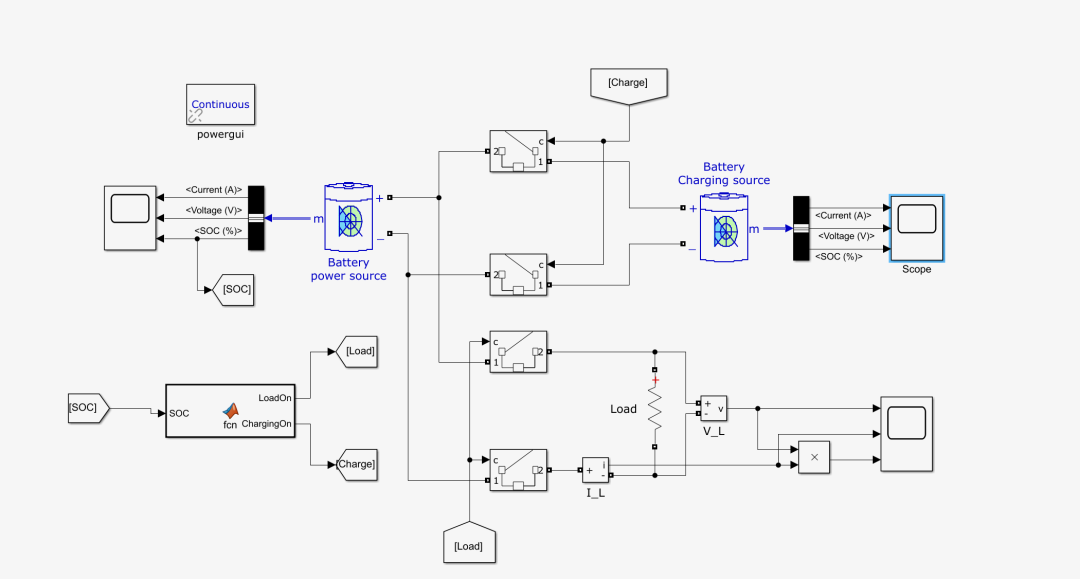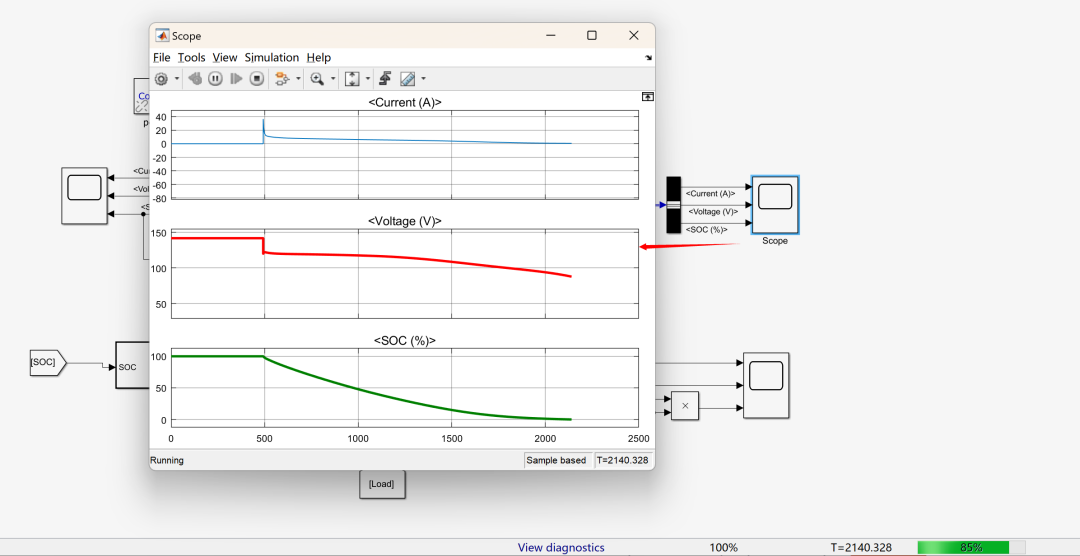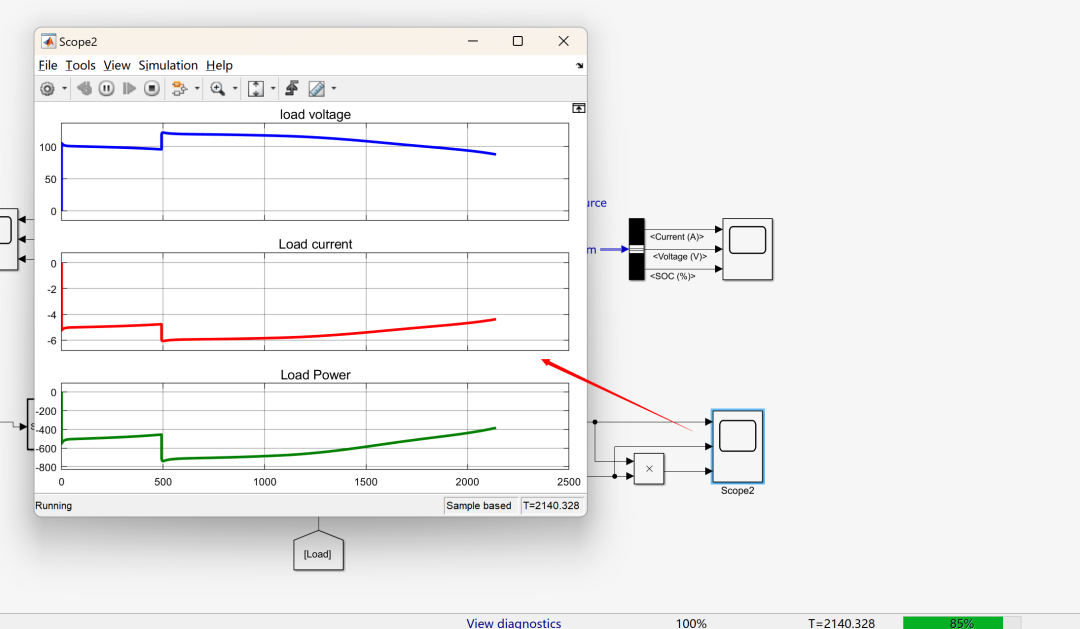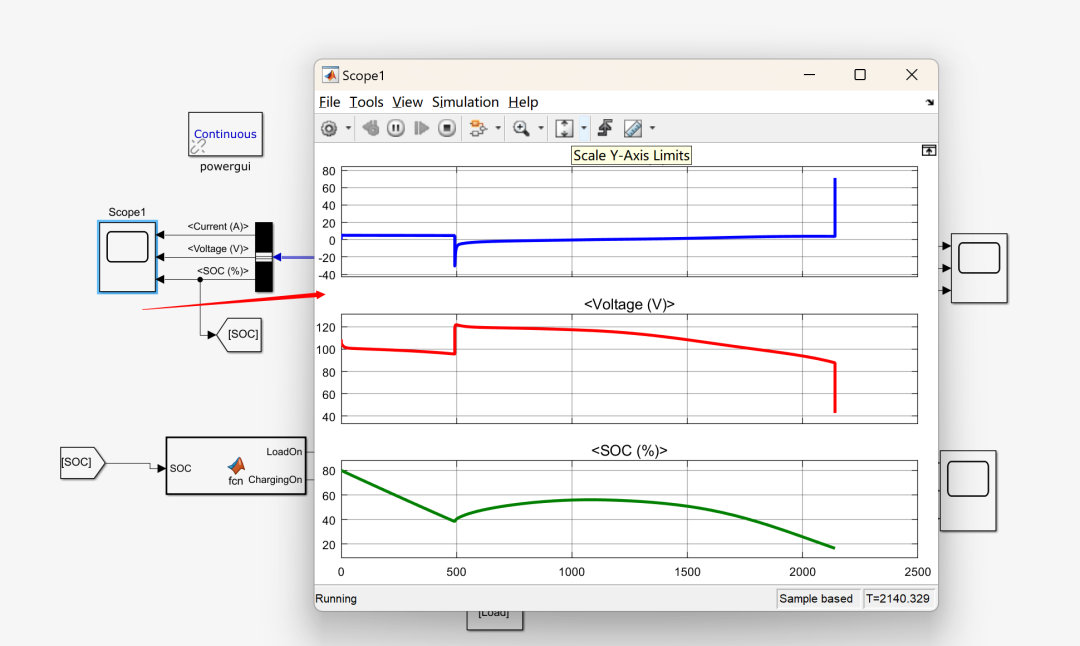
Gift to Readers

Conducting research involves a profound system of thought, requiring researchers to be logical, meticulous, and earnest. However, effort alone is not enough; often leveraging resources is more important than sheer hard work. Additionally, one must have innovative and inspirational points that gaze at the stars. It is recommended that readers browse in order to avoid suddenly falling into a dark maze without finding their way back. This may not reveal all the answers to your questions, but if it can clarify the clouds of doubt rising in your heart, it may create a splendid sunset. If it brings you a spiritual downpour, then take the opportunity to brush off the dust that has settled on your “lying flat” state.
Perhaps, after the rain, the sky will be clearer…



01

Overview




Research on Battery Charge and Discharge Control under SOC Mode
1. Definition and Classification of SOC Mode Control
Basic Definition of SOC The State of Charge (SOC) of a battery represents the percentage of remaining charge relative to its rated capacity, serving as a core indicator for assessing the energy status of the battery. Accurate estimation of SOC is crucial for battery lifespan, safety, and system efficiency, requiring comprehensive calculations based on parameters such as voltage, current, and temperature.
Classification of SOC Mode Control
Threshold-based Control Mode Different charge and discharge strategies are defined based on SOC intervals. For example, in fuel cell vehicles, they are divided into:
High SOC Mode: Prioritizes discharge when the battery is near full to improve efficiency while limiting charging power to reduce hydrogen consumption.
Medium SOC Mode: Balances charge and discharge demands, dynamically adjusting power distribution between the fuel cell and the battery.
Low SOC Mode: Initiates charging maintenance mode (CS mode) when battery charge is insufficient, prioritizing system power stability.
Model Predictive Control Optimizes SOC trajectory through mathematical modeling (e.g., multi-peak model), combining discrete value solving methods and constraints to maximize solar energy utilization or reduce microgrid operating costs.
Hybrid Control Strategy Combines fuzzy control, PID control, or game theory models to dynamically adjust charge and discharge parameters to adapt to complex operating conditions.
2. Design Methods for SOC Control Strategies
Mathematical Model Construction
Constraints: Include SOC range (e.g., 20%-80% to extend lifespan), charge and discharge rate limits, temperature thresholds, etc.
Objective Function: For example, maximizing renewable energy utilization, minimizing grid fluctuations, or system operating costs.
Solving Method: Use discrete value solving methods (SOC accuracy 0.01) and bisection algorithms to optimize charge and discharge plans.
Control Algorithm Selection
Classical Control Methods: Such as PID control, which adjusts current/voltage through feedback to achieve SOC objectives.
Intelligent Control Methods:
Model Predictive Control (MPC): Adjusts charge and discharge strategies based on real-time predictions.
Fuzzy Logic Control: Suitable for nonlinear systems, handling uncertainties in SOC estimation through fuzzy rules.
Game Theory Models: Coordinate interests among the grid, users, and energy storage systems to optimize charge and discharge timing.
Practical Application Cases
Multi-Peak Solar Energy Systems: Divide charge and discharge intervals based on peak and valley electricity prices, adjusting loads such as cooling equipment to enhance energy utilization.
Hybrid Vehicles: Switch to charging maintenance mode when SOC falls below 17% to ensure stable output of the power system.
3. Battery Performance Evaluation Indicators
Core Indicators
SOC (State of Charge): Percentage of remaining charge, avoiding overcharging (>95%) or deep discharging (<20%) to extend lifespan.
SOH (State of Health): Reflects the degree of battery aging, calculated as the ratio of current maximum capacity to initial capacity. It is recommended to replace the battery when SOH < 80%.
SOP (State of Power): Represents the battery’s short-term peak power output capability, affecting vehicle acceleration and emergency braking performance.
SOF (State of Function): A parameter that integrates SOC, SOH, and temperature to determine if the battery meets current operational demands.
Auxiliary Evaluation Parameters
Internal Resistance (Rint): Increases with the number of cycles, directly affecting charge and discharge efficiency.
Cycling Life: The number of cycles required for battery capacity to decay to 80% under rated power charge and discharge conditions.
Temperature Sensitivity: High temperatures accelerate capacity decay (irreversible), while low temperatures reduce charge and discharge efficiency.
4. Research Document Writing Standards
Experimental Design
Testing Conditions: Clearly define temperature ranges (e.g., -20℃~65℃), charge and discharge rates (e.g., 1C), and number of cycles.
Data Recording: Record voltage, current, temperature, and SOC estimation errors (e.g., Coulomb counting vs. Kalman filtering).
Document Structure
Introduction: Explain the necessity of SOC control in target scenarios (e.g., microgrids, electric vehicles).
Methodology: Detail control models, algorithm selection, and experimental setups (e.g., high and low-temperature explosion-proof test boxes).
Results Analysis: Compare SOC trajectories, efficiency, and capacity decay rates of different strategies through charts.
Conclusion and Outlook: Summarize the optimization potential of SOC control, suggesting the integration of AI predictions (e.g., LSTM neural networks) to enhance dynamic response.
Citation Standards
National Standards: Such as GB/T 36276-2023 for testing specifications of lithium-ion battery cycling life and rate charge/discharge.
Calibration Standards: Refer to JJF (military) 108-2015 to ensure the time calibration accuracy of charge and discharge testing instruments.
5. Future Research Directions
Integration of Intelligent Algorithms: Combine reinforcement learning with model predictive control to achieve multi-objective optimization.
Whole Life Cycle Management: Develop SOC dynamic adjustment strategies based on SOH to extend the battery’s second-use period.
Adaptation to Extreme Environments: Research SOC control compensation mechanisms for temperatures below -40℃ or in high-temperature desert areas.








02

Operating Results








03

References


Some content in this article is sourced from the internet, and references will be noted. If there are any inaccuracies, please feel free to contact us for removal.
[1] Xiao Qing. Research on Battery Charge and Discharge Control Technology in Photovoltaic Microgrid Systems [D]. Hubei University of Technology [2024-04-07].
[2] Liu Shengyong, Cao Kuo, Zhou Jilong, et al. Research on SOC-based V2G Charging Pile Charge and Discharge Control Strategy [J]. Journal of Guangxi University of Science and Technology, 2019, 30(1):8.
[3] Li Qing. Research on Power Smoothing Strategy of Wind-Solar Storage Power Generation System Considering Battery SOC Safety Range [D]. Ningxia University [2024-04-07].





04

Simulink Simulation Download
